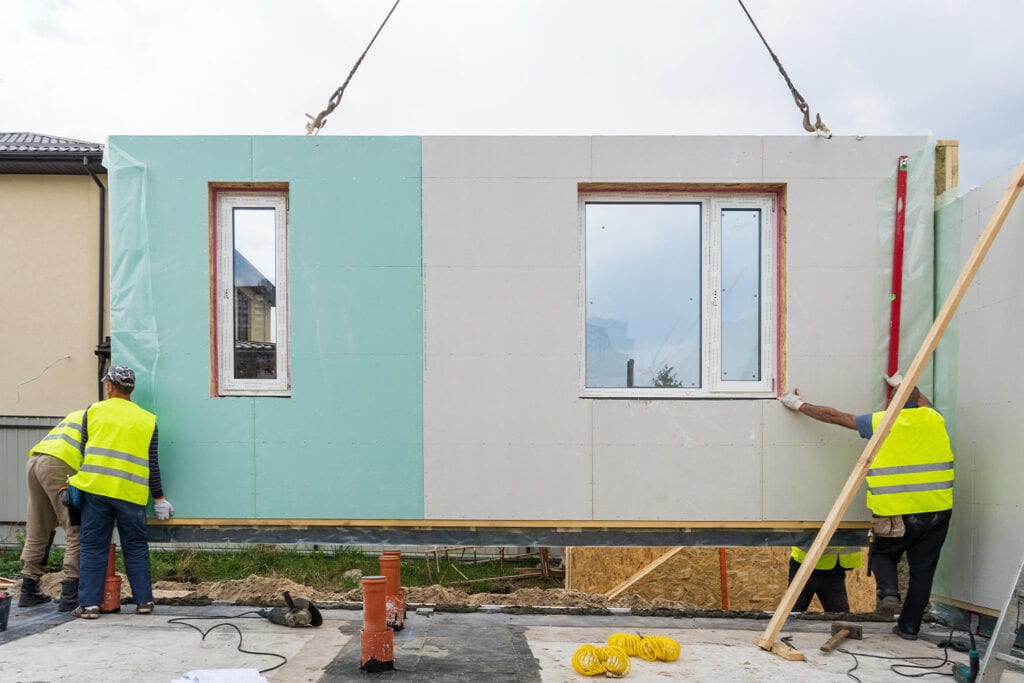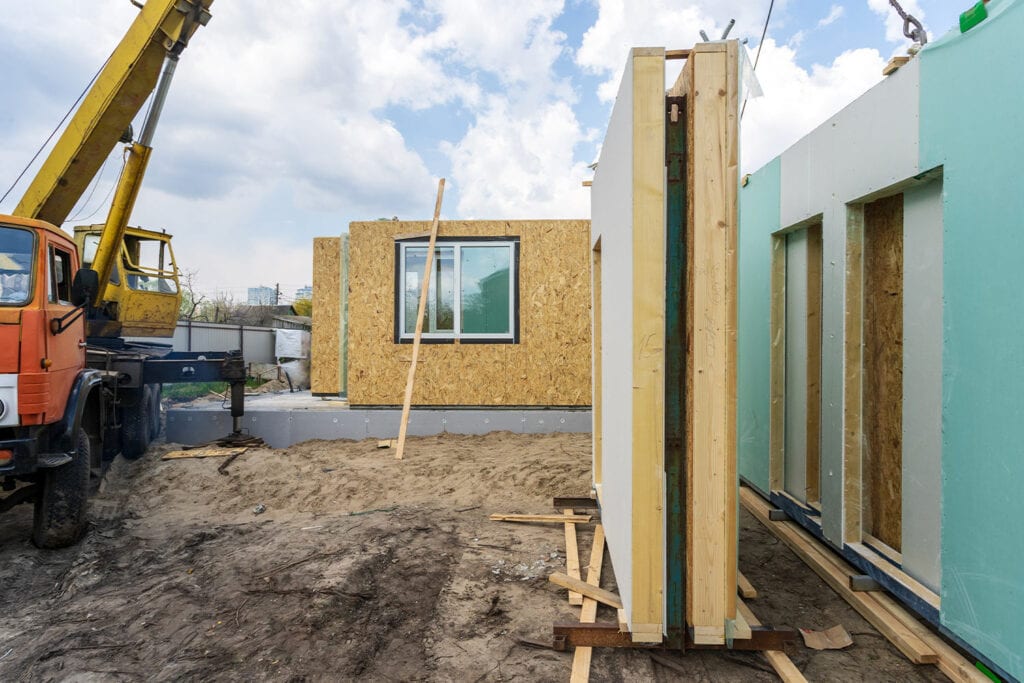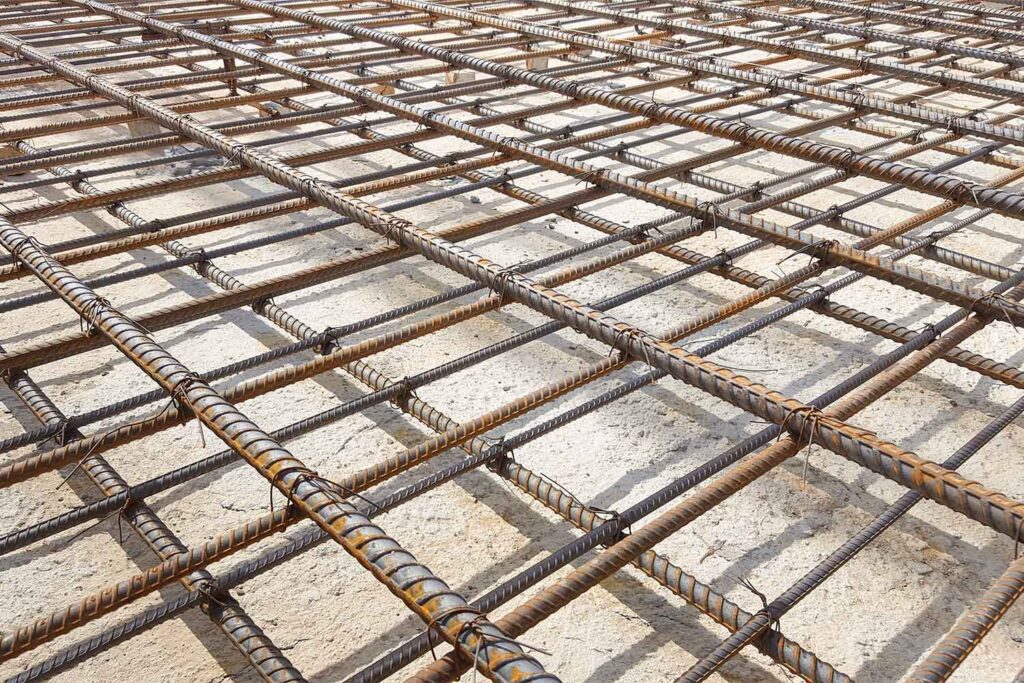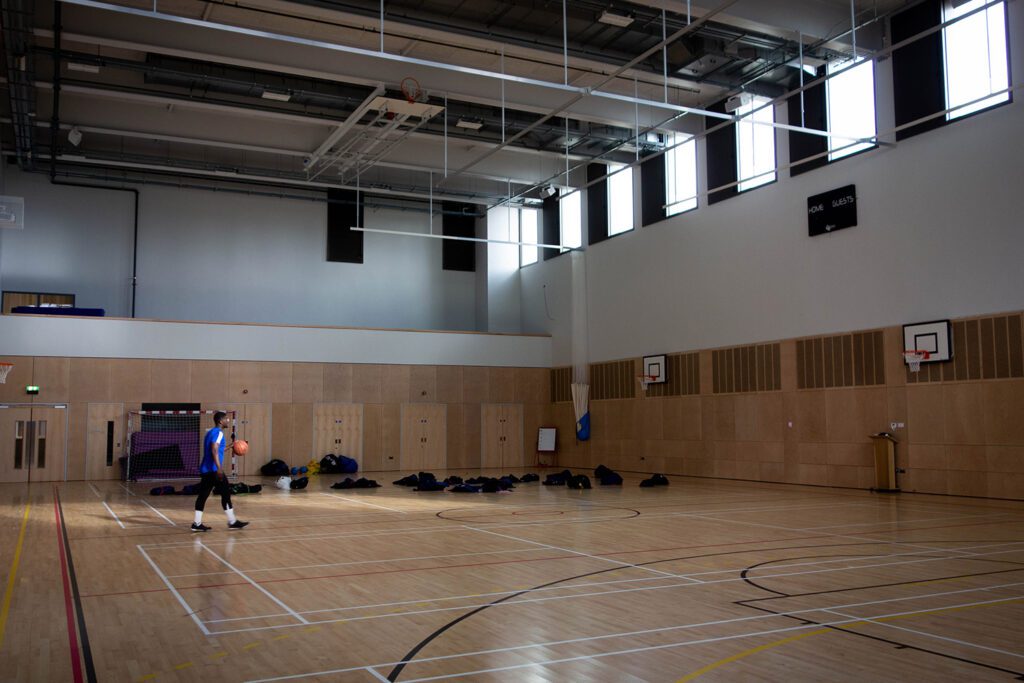Transforming construction site logistics with a factory-efficient approach
As the construction industry takes greater strides towards a more industrialised future to tackle the challenges of the 21st century, much attention has been given to the benefits of offsite factory-made modular elements for the next generation of buildings.
But the industrialised mindset now also needs to extend to the logistics of the building site itself. That is the conclusion of a group of Buro Happold experts who have been discussing the practicalities of realising a truly transformational “industrial revolution” for the sector.
Urban C:Lab is an initiative in which Buro Happold experts meet with collaborators from across the industry to consider the problems facing the sector. It encourages them to use their combined capacity for working around complex problems to attempt to overcome these challenges. Participants focus on emerging spaces where there are currently no defined experts attempting to solve issues.

As a consequence of these discussions, a multidisciplinary working group of Buro Happold experts is examining the opportunities around improving site logistics. They are looking at integrating the computational logistics of the industrial space into the traditional realm of building site logistics – conceptual systems that they have dubbed Logistigraphs.
Logistigraphs bring the ultra-efficient systems of a modern giga-factory to the operation of the construction site.
How it all comes together
Emidio Piermarini, computational consultant at Buro Happold, says a great shift needs to be made within the industry at the point of construction.
“When you talk about modular construction, you are talking about a method of construction that should allow for improved site assembly processes and logistics,” he says. “This leads to a range of benefits, including improved quality, reduced construction programmes and better health and safety.
“But when I speak with my contractor friends, they tell me ‘don’t talk to me about modules, talk to me about optimising my tower crane. The tower crane is the centrepiece for how modular construction all comes together.’ They point out that their tower cranes can sit there for half the day not moving, which is far from optimal and points to larger logistical challenges for improving the construction industry.
“So we decided to take this on as a Hackathon and then a group C:Lab project. We came up with the concept of Logistigraphs.”
Logistigraphs bring the ultra-efficient systems of a modern giga-factory to the operation of the construction site. It would ensure the movement of goods around the site is planned and simulated ahead of time with state-of-the-art computational engineering algorithms, in contrast to the often random nature of site management today. These simulations will provide the empirical data by which statistically-backed site decisions can be made.
‘Air traffic control’ approach
When formulating this problem, Piermarini came up with the syllogism between an airport and a construction site. Both can be seen as a black-box system in which things are coming in and out all the time. Whilst an airport employs an air traffic control system to maintain control of the flow of planes in and out of its runways, Piermarini says that nobody currently has a truly effective “air traffic control system” for their site to control the flow of materials, personnel, and vehicles in and out of the site.

“When you ask the question of a contractor ‘Do you have something like an air traffic control system?’, the best answer we got was that it might be an individual site manager with a WhatsApp group with all the different subcontractors in it. This led us to expand the optimisation problem of the cranes, to look at the workings of the whole site using simulations, predictive data and analytics,” Piermarini explains.
Working alongside colleagues from Buro Happold’s structural engineering team, Eremia Tapsell and Nikul Vadgama, Piermarini and the team examined how site logistics could be brought into the 21st century.
To quantify this problem, the team interviewed more than 10 contractors and subcontractors spanning the globe, from the UK to New Zealand. From these hours of interviews, three main themes emerged as key challenges to good site logistics planning:
- Collaboration is required
- Contractors lack data to make better decisions
- Currently, it’s all cost, and nebulous benefits
“It was all about trying to break the problem down into small chunks that we could systematically work on,” he explains. “Good site logistics benefit the ultimate asset owner, and effectively nobody takes care of it until the asset owner themselves care about it. Until then it’s seen as just an added cost for contractors’ delivery, and that either eats into their margins or costs them the tender.
The best answer we got was that it might be an individual site manager with a WhatsApp group with all the different subcontractors in it.
“But at Buro Happold, with our collective experience, we have that background to be able to do logistics planning effectively. We are looking at how we can bring technology to that process inspired by the time-and-motion approach of a factory. It’s all about being proactive rather than reactive.
“If we care about how all the different elements of a building go together at a granular level, and we are able to gather the data and optimise the construction schedule around it, we might find we will all do much better at construction as an industry.”










